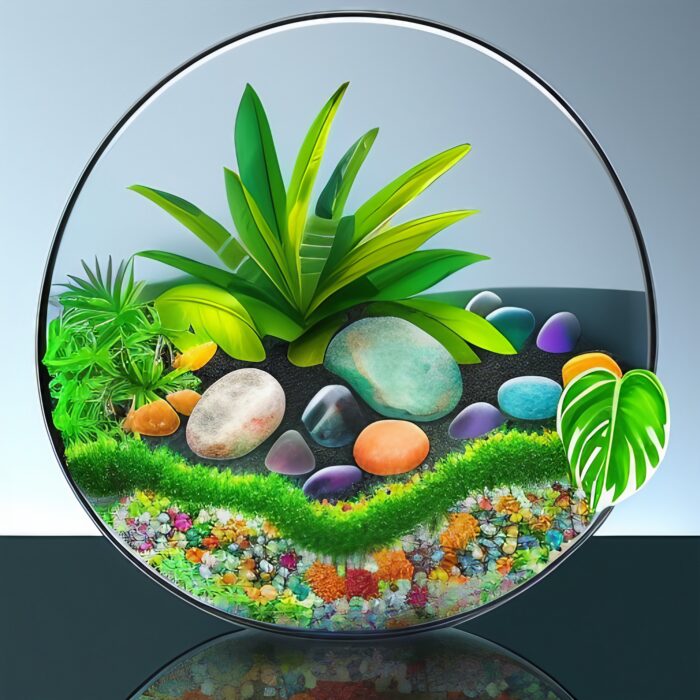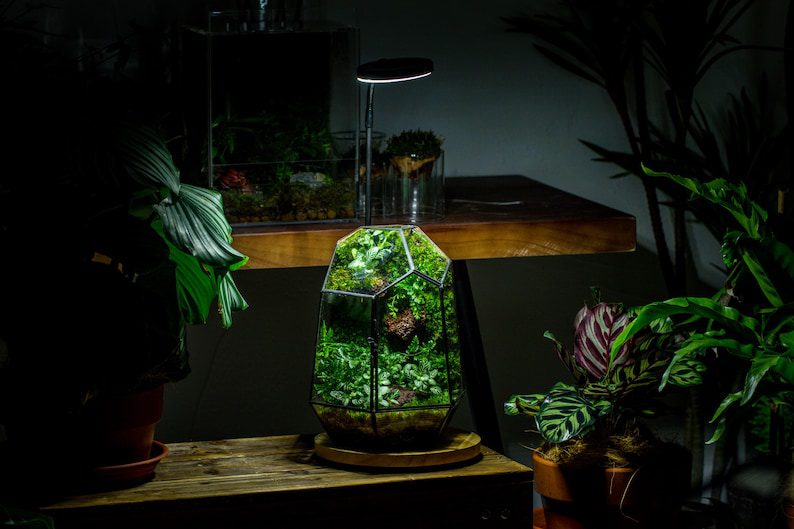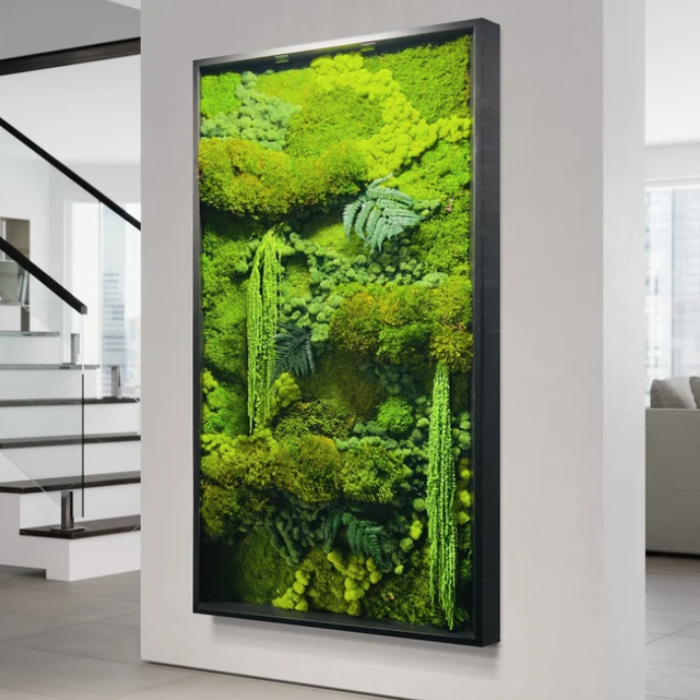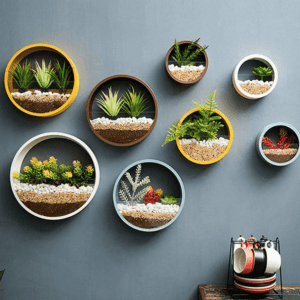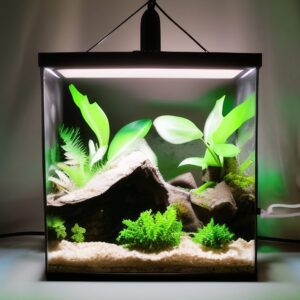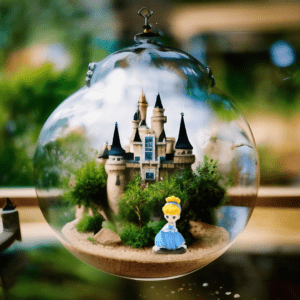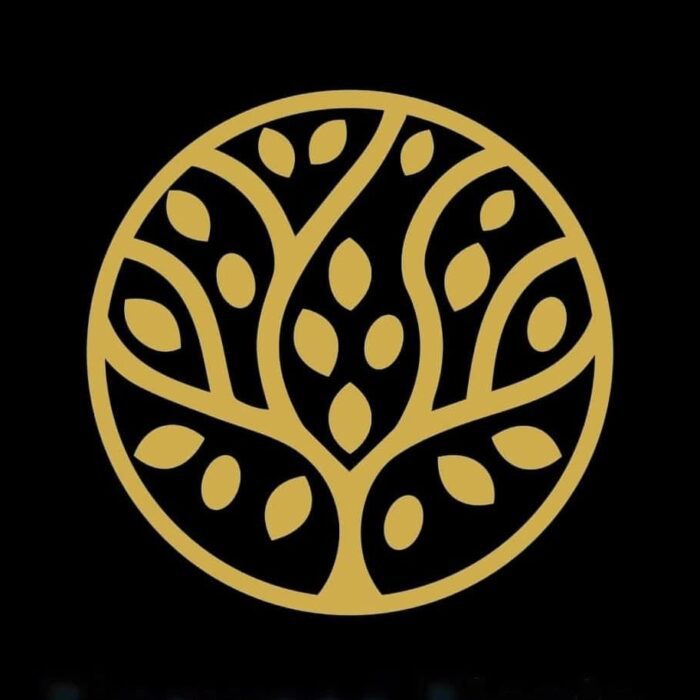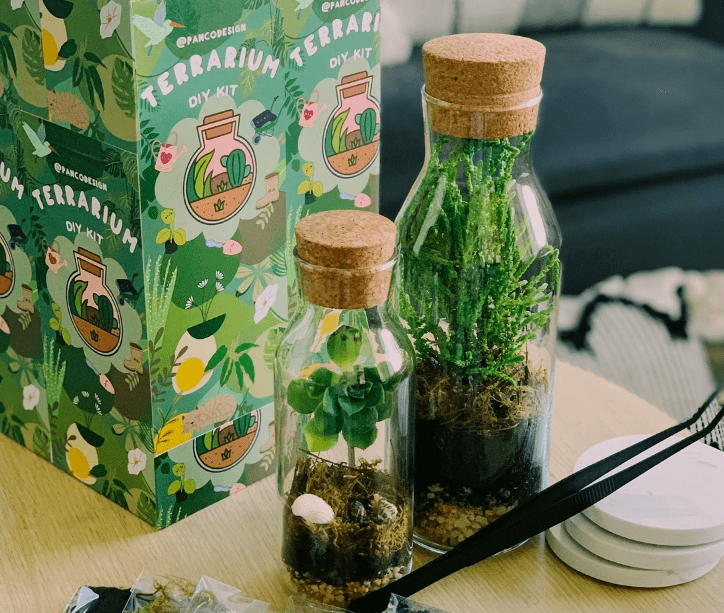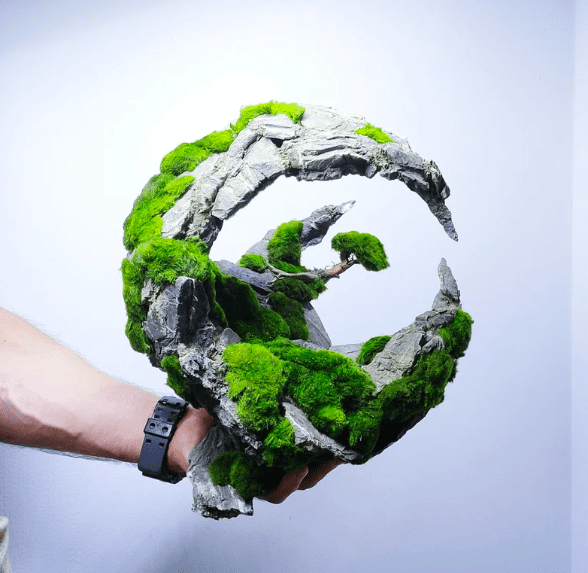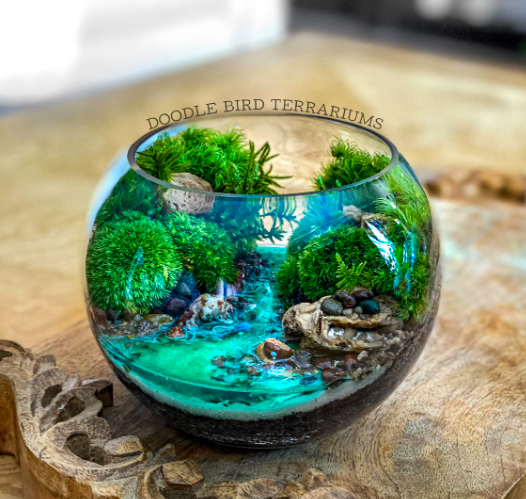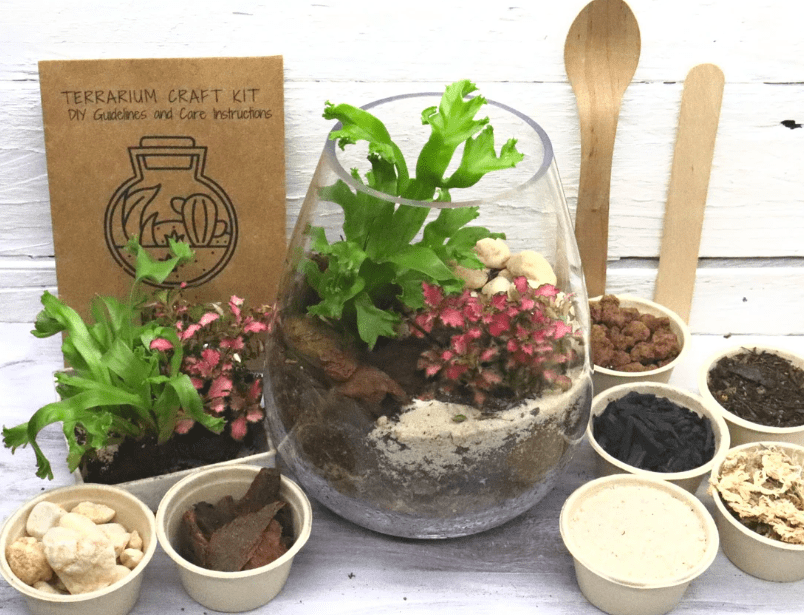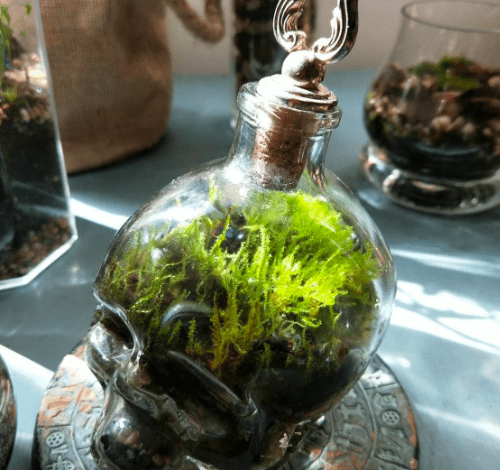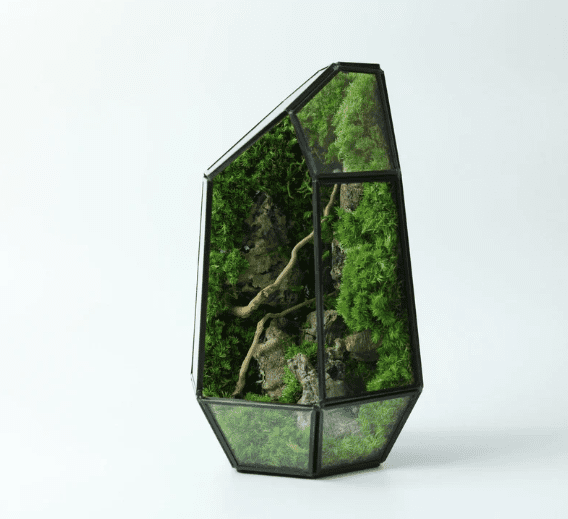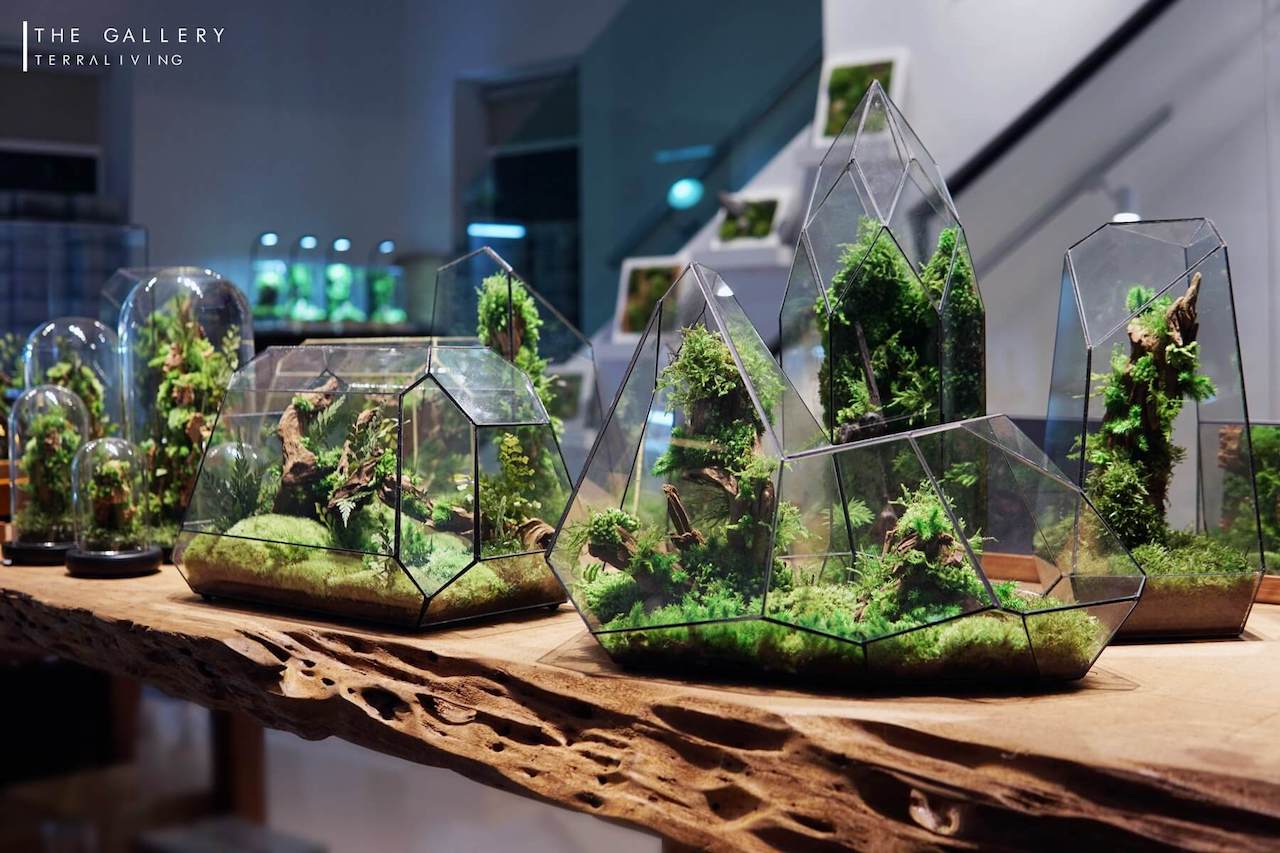Decorating With Gemstones: A Guide to Creating Unique and Beautiful Terrariums
Creating a unique and beautiful terrarium for your home or garden doesn’t have to be difficult. Adding the right kind of gemstones can transform your terrarium into something truly magical. Read on to learn about the types of gemstones suitable for terrariums, how they can be used to enhance the aesthetic appeal of your design, and where to buy a range of gemstones for terrariums.
Terrariums have become increasingly popular in recent years due to their versatility and low-maintenance nature. These miniature ecosystems are also an opportunity to get creative with your design — allowing you to add a touch of character and personal flair with colorful or rare gems. In this guide, we’ll provide tips on how to choose the best stones for your terrarium, and demonstrate ways they can be used in its design.
The Different Types of Gemstones for Terrariums
Precious stones are rarer and more valuable than semi-precious gemstones. They are typically composed of one type of mineral and display vibrant colors, such as diamond, ruby, sapphire, emerald, and opal. Semi-precious stones also come from minerals but tend to be less expensive due to their lesser rarity. Examples of semi-precious stones include amethyst, aquamarine, topaz, and many more.
In addition to precious and semi-precious stones, there are also synthetic gems that can be used in terrarium design. Synthetic gems are created in a lab and may have the same appearance as their natural counterparts, often at a lower cost. These manmade stones can be an affordable option for those looking to add some sparkle to their terrarium.
When it comes to incorporating gemstones into a terrarium, there are several ways to do so. A popular method is to use small marbles or pebbles to help stabilize the base of the terrarium and create a visually pleasing aesthetic. These can be contrasted with larger gemstones placed strategically throughout the design for added texture and interest.
Natural stones are a great option for terrariums, as they offer a unique and natural aesthetic. Natural stones come in various sizes and colors, allowing you to create all kinds of interesting displays. From tiny pebbles to larger rocks, the range of natural stones available is quite vast. Their diverse shapes and colors can be used to create a unique and eye-catching terrarium that will draw attention from all who see it.
One of the most popular natural stones used in terrariums is amethyst. This beautiful gemstone has a unique purple hue that adds a calming and peaceful feel to any space. Amethyst is said to bring good luck, protection and spiritual balance, making it an ideal choice for those looking to create an inviting environment. Read on for more terrarium gemstone ideas.
First – Stones to Avoid in Terrariums
Stones that don’t work well in terrariums include:
- Those that contain calcite, which can cause sediment buildup and discoloration. These stones may also have a tendency to cloud the water, which can make it difficult to maintain healthy conditions in your terrarium.
- Certain types of rocks such as chalk or limestone are highly porous and will quickly absorb water, leading to an under-hydrated environment.
- Water soluble stones or those that can leech minerals, which is not ideal for your terrarium. These include turquoise, lapis lazuli, and iron-based stones such as hematite.
How Gemstones Can Benefit a Terrarium’s Design
Gemstones can be used in terrariums to create stunning displays and add an extra layer of visual interest to the overall design. Certain gemstones have reflective qualities and can be used to amplify natural light, while others have bright colors that add vibrancy and life to the terrarium.
Gemstones with reflective qualities can add a beautiful and unique look to any terrarium. Some of the most commonly used reflective gemstones include diamond, quartz, labradorite, moonstone, opal, and tourmaline. Diamond is well-known for its sparkle and brilliance and is often used in engagement rings as an indication of commitment. Quartz is another popular choice for its healing properties, while labradorite is often used to ward off negative energy and boost spiritual awareness. Moonstone has a gentle, enchanting glow that can be used to create an inviting atmosphere, while opal and tourmaline are both known for their iridescent colors that add vibrancy to any terrarium design.
In addition to adding visual interest, gemstones can also be used to promote positive energy and create a peaceful atmosphere. Certain stones are considered to have spiritual properties that can help boost focus, creativity, and overall wellbeing. Popular healing stones include amethyst, rose quartz, jade, and citrine. Amethyst is often used to bring clarity and relaxation, while rose quartz is known for its calming energies. Jade is great for promoting good luck and prosperity.
Gemstones also display unique shapes that can give a terrarium an interesting texture, making it both visually interesting and tactile. When combined with other elements such as plants, rocks, or sand, they can create a captivating terrarium that adds beauty to any space.
Choosing the Right Gemstone for Your Terrarium
When selecting gemstones for your terrarium, it is important to consider their size and shape as well as their color. Smaller gems are generally easier to work with and take up less space in the terrarium, whereas large or bulky pieces can be distracting and take away from the overall design.
Marbles, Pebbles and Stones
Marbles, pebbles, and stones can add texture, color, and visual interest to any terrarium. Marbles are a popular choice because they come in many beautiful colors and can be used to create interesting patterns in the terrarium. Pebbles come in an array of sizes and shapes, making them perfect for lining pathways or adding depth. Stones can also be used to create structure and texture, and some even feature unique designs or patterns that bring an extra level of detail to the terrarium.
Find Marbles for Terrariums > | Find Pebbles for Terrariums | Find Stones for Terrariums >
Amethyst
A great choice for beginners as it is easy to source and its distinctive purple color adds visual interest without being too overwhelming. However, if you are looking for something more unique or vibrant, there are plenty of other options available. Find terrarium amethysts online >
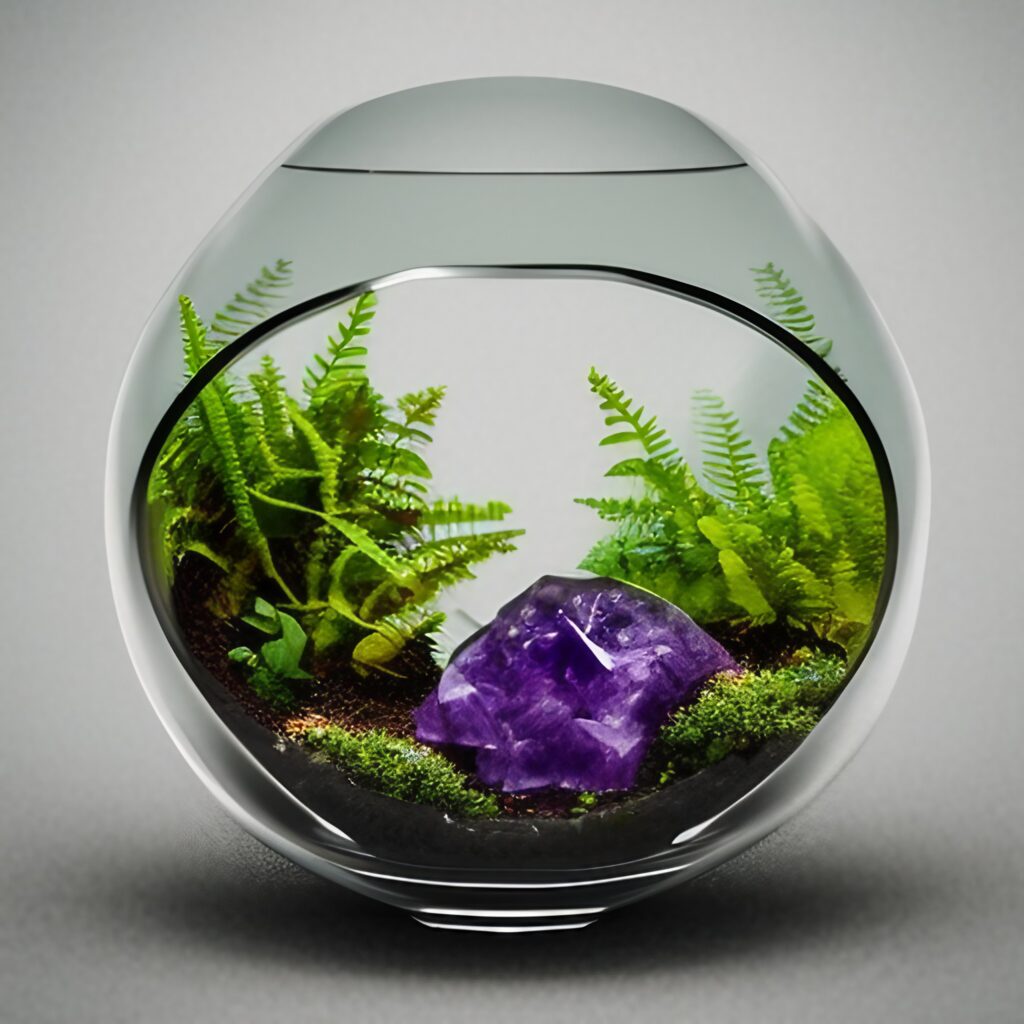
Diamond
Diamonds are highly reflective and can bring a beautiful sparkle to any terrarium. They come in a variety of sizes, making them easy to fit into even the smallest terrariums. Though we all know they can come with a price tag, there are a range of different price points for diamonds and available online. Some options you can find online include natural loose diamond, raw diamond, white diamonds or zirconia.
Labradorite
This crystal is known for its iridescent hues and often has a beautiful mix of blues, greens, and purples within it. It’s perfect for adding depth and vibrancy to any terrarium design. Find Labradorite for terrariums online >
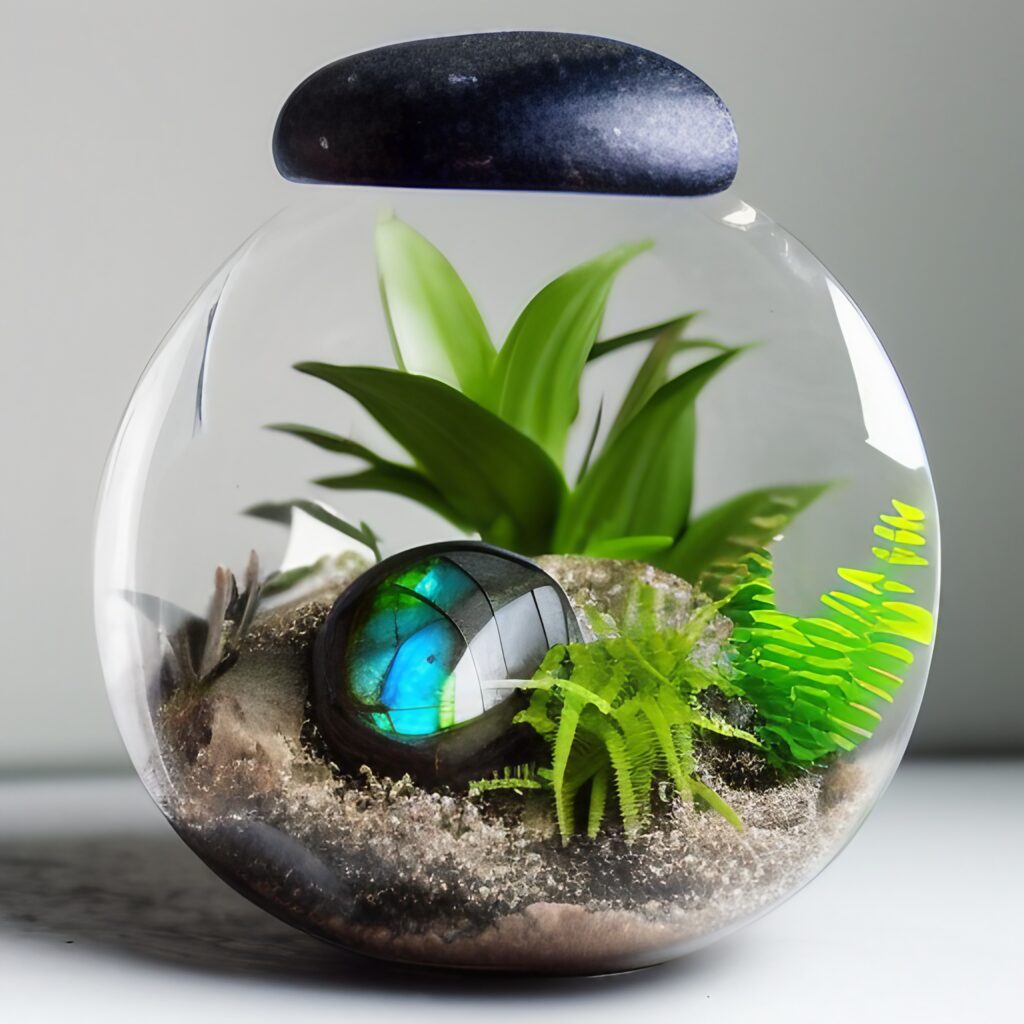
Moonstone
This gentle stone has a soft, shimmering glow that is perfect for creating a peaceful atmosphere. Moonstones are small gemstones which can emit an ethereal glow in the dark and can provide a calming atmosphere inside your terrarium. Find Moonstones for Terrariums >

Opal
Opals have an exquisite play-of-color and a rainbow of hues that can truly make any terrarium stand out. They add depth and texture to the environment. They also reflect light, creating a unique iridescent effect that adds an extra dimension of beauty to any terrarium

Tourmaline
Tourmaline is a semi-precious gemstone that comes in a variety of colors including black, yellow, blue and pink. It has an appealing iridescent luster and is known for its reflective qualities which can help to amplify natural light sources in the terrarium. Find Tourmaline for terrariums online >
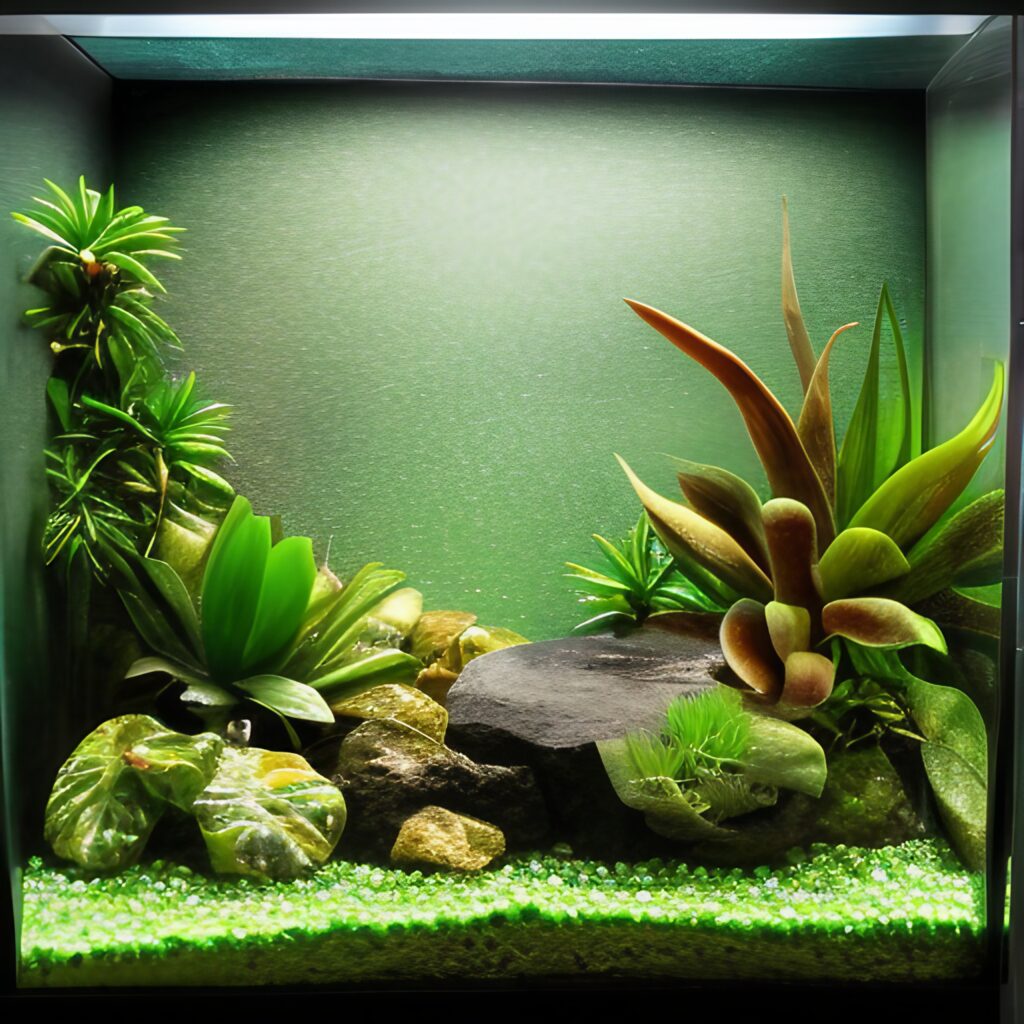
Quartz and Rose Quartz
Quartz and Rose Quartz are both generally safe to use in terrariums, although they should be used with caution. Quartz is a mineral that is composed of silicon dioxide and can be found in many types of rocks. Rose quartz is a pink variety of quartz that is known for its calming effects and healing properties. Find Quartz for Terrariums > | Find Rose Quartz for Terrariums >
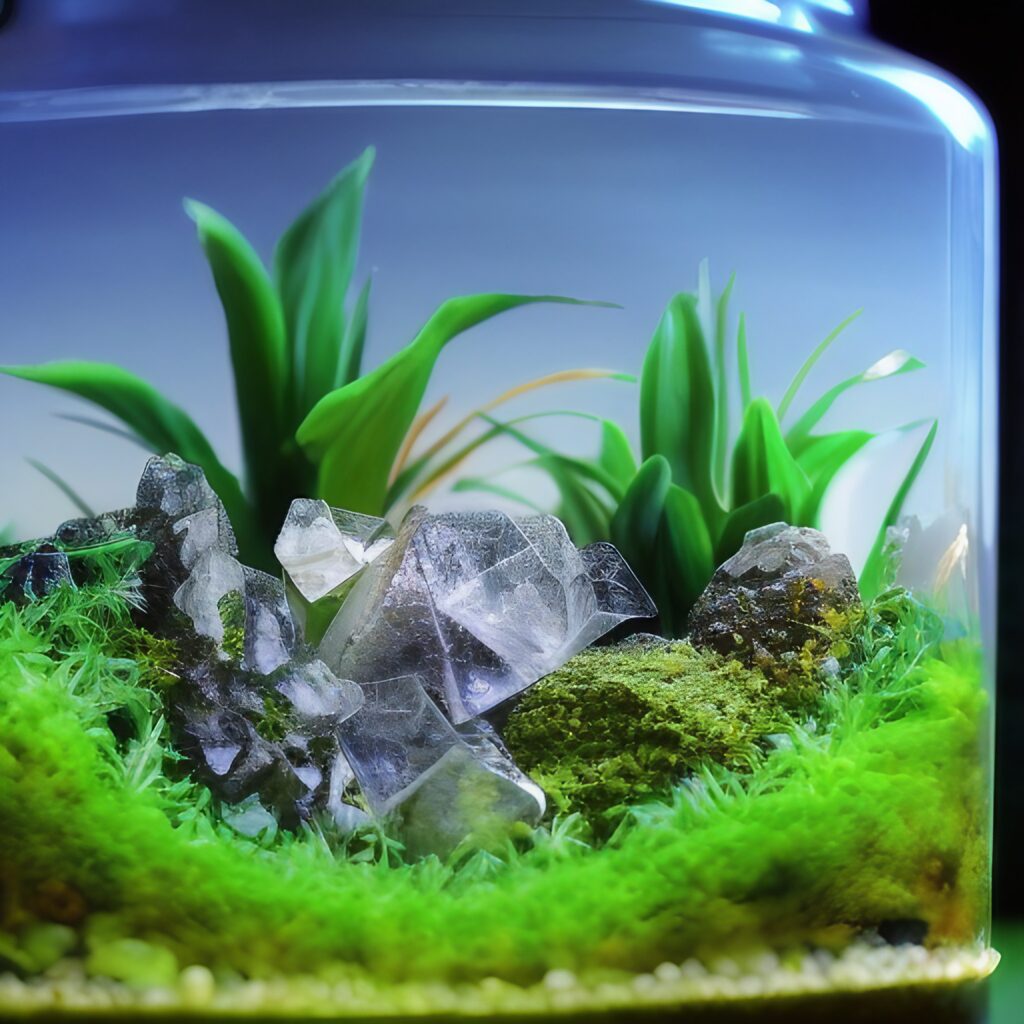
Jade
Jade is generally safe for terrariums, but there are some considerations to keep in mind when incorporating it into your design. Jade is a porous stone and can absorb water quickly, so it’s important to be mindful of the environment you’re creating and ensure that it doesn’t become overly saturated with moisture. Additionally, jade contains trace amounts of iron, which can be toxic to plants if present in high quantities. Find Jade for Terrariums >
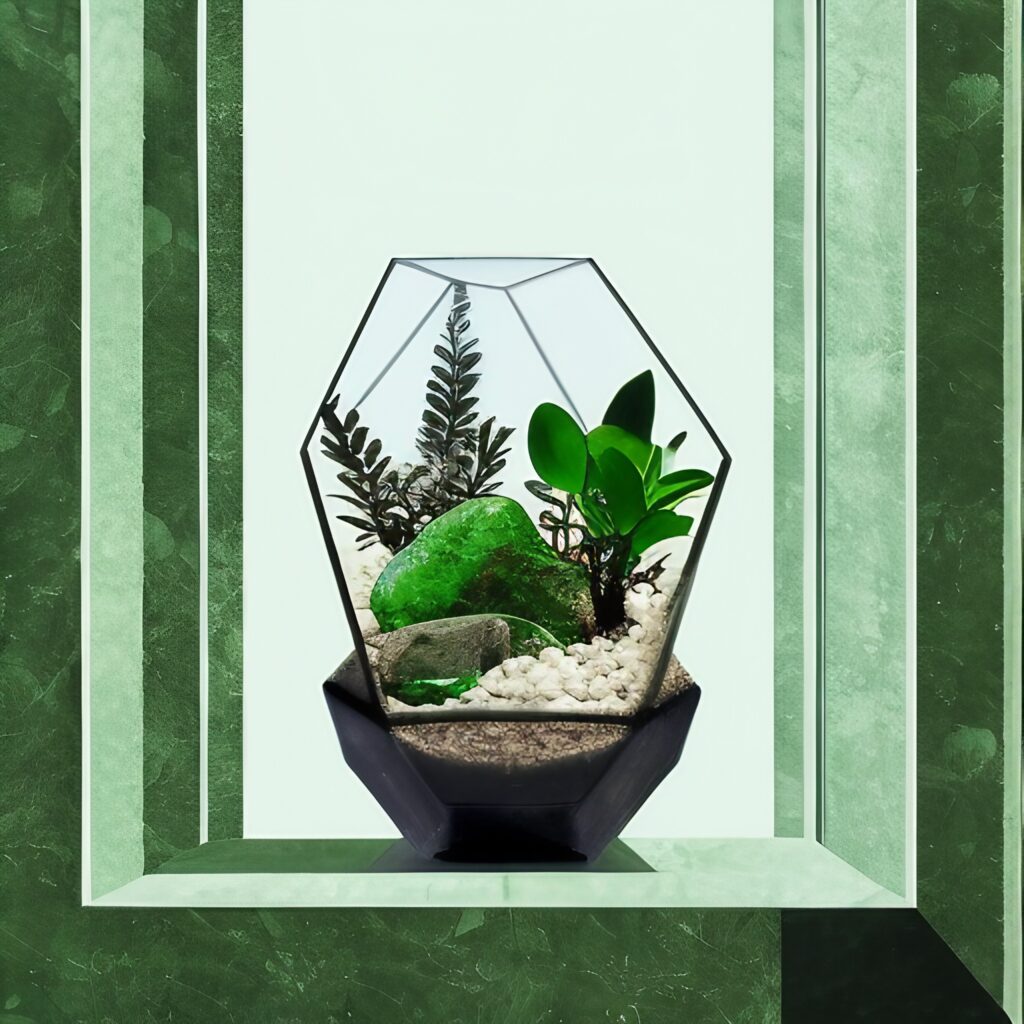
Citrine
Citrine is a popular choice for its healing properties, but is it safe to use in terrariums? The answer is yes and no. While it can be beneficial to add this stone to a terrarium, there are some considerations that should be taken into account. Citrine is water-soluble, meaning that it can easily leech minerals into the water. This is not ideal for a terrarium, as it can lead to an imbalance in the pH levels and nutrient levels which could affect the overall health of your plants and other inhabitants. Therefore, if you choose to use citrine in your terrarium, make sure that you add only a small amount and mix it with other stones to avoid an imbalance. Additionally, make sure that your terrarium has adequate drainage so that any excess water can be removed easily. Find Citrine for Terrariums >

Aquamarine
Aquamarine is a popular gemstone for terrariums because it looks stunning when exposed to light. It has an iridescent, blue-green hue that brings life and beauty to the terrarium. Additionally, aquamarine is durable and won’t easily get damaged by terrarium wear and tear. Find Aquamarine for Terrariums >

Display Ideas for Incorporating Gemstones into a Terrarium Design

Once you’ve selected the right gemstone for your terrarium, it is time to get creative with how you display them. Here are some ideas on how to incorporate them:
• Create a sparkling backdrop for your terrarium by using larger pieces placed at the rear of the design.
• Place small gemstones at the bottom of the terrarium to create a “bed” for plants and other elements.
• Incorporate medium-sized stones into the soil or gravel around your plants to add pops of color.
• Use irregularly shaped gems to create interesting pathways through your terrarium.
• Place larger stones at certain points of the design to draw attention to specific areas.
In terms of colour, it is important to choose stones that complement the other elements in your terrarium. For example, if you are working with shades of green, then opting for a gemstone with a blue hue may create an interesting contrast.
In terms of shape, consider the type of design you are aiming to achieve. If you’re looking to create a more organic feel, then opting for irregularly shaped stones may be preferable. On the other hand, if you want a more structured look, then rounder pieces might work better.
Maintaining Gemstone Displays in a Terrarium
Once your gemstones are in place, it is important to maintain them properly to ensure their longevity and beauty. Here are some tips for caring for your gemstone displays in a terrarium:
• Avoid placing gemstones directly in the sun or in areas of excessive heat as this can cause them to fade over time.
• Clean your gemstones regularly with a damp cloth to remove any dirt buildup.
• If using light-sensitive stones such as opal, it may be best to keep them out of direct sunlight.
• Do not use cleaning chemicals on your gemstones as this could damage them.
• If necessary, rearrange your stones occasionally to keep the design fresh and interesting.
By using these tips and incorporating the right gemstones into your terrarium design, you can create a stunning display that will be sure to add a unique touch of sparkle and beauty to any room.
Where to Buy Terrarium Gemstones
Etsy is an ideal place to start your search due to the high level of quality and variety of stones available. Etsy offers a wide range of gemstones in different shapes and sizes that can be used for terrariums.
Find terrarium gemstones on Etsy >
You can also find a variety of stones on Amazon, although the selection is not as extensive as Etsy. However, it is still worth considering if you are looking for specific types of gems or stones in bulk quantities.

